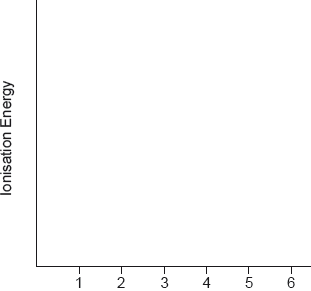| Date | November 2020 | Marks available | 2 | Reference code | 20N.2.hl.TZ0.6 |
| Level | HL | Paper | 2 | Time zone | TZ0 |
| Command term | Determine | Question number | 6 | Adapted from | N/A |
Question
The electron configuration of copper makes it a useful metal.
Determine the frequency of a photon that will cause the first ionization of copper. Use sections 1, 2 and 8 of the data booklet.
The electron configuration of copper makes it a useful metal.
Explain why a copper(II) solution is blue, using section 17 of the data booklet.
The electron configuration of copper makes it a useful metal.
Copper plating can be used to improve the conductivity of an object.
State, giving your reason, at which electrode the object being electroplated should be placed.
Markscheme
✔
✔
Award [2] for correct final answer.
Award [1] for 1.12 × 1039 «Hz».
orange light is absorbed «and the complementary colour is observed» ✔
Any TWO from:
partially filled d-orbitals ✔
«ligands/water cause» d-orbitals «to» split ✔
light is absorbed as electrons move to a higher energy orbital «in d–d transitions»
OR
light is absorbed as electrons are promoted ✔
energy gap corresponds to «orange» light in the visible region of the spectrum ✔
cathode/negative «electrode» AND reduced «at that electrode» ✔
Accept cathode/negative «electrode» AND copper forms «at that electrode».
Examiners report
Determining the frequency of a photon that will cause the first ionization of copper was the most challenging question on the exam. Many could not do it all, although some came up with the answer that came from using the result that would arise from the ionization energy in J/mole (and frequently kJ/mole) rather than J/atom.
Many students were able to fully explain why solutions containing Cu2+ appear blue, however the misconception between absorption and emission spectra is still quite evident.
Surprisingly not that well answered. Most students identified the cathode as the electrode where electroplating occurs but few could adequately justify why.



